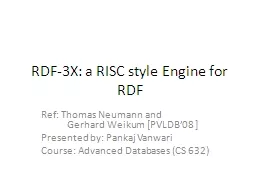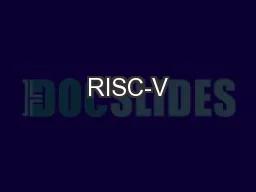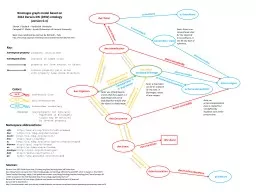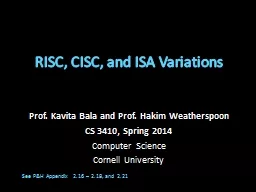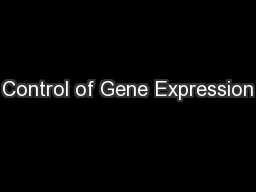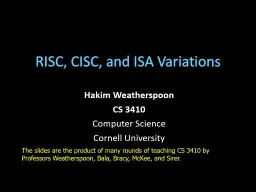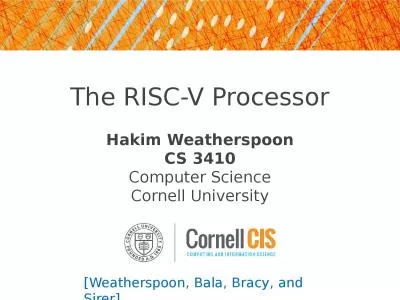PPT-RDF-3X: a RISC style Engine for RDF
Author : ellena-manuel | Published Date : 2017-01-20
Ref Thomas Neumann and Gerhard Weikum PVLDB08 Presented by Pankaj Vanwari Course Advanced Databases CS 632 Motivation RDFResource Description Framework is schemafree
Presentation Embed Code
Download Presentation
Download Presentation The PPT/PDF document "RDF-3X: a RISC style Engine for RDF" is the property of its rightful owner. Permission is granted to download and print the materials on this website for personal, non-commercial use only, and to display it on your personal computer provided you do not modify the materials and that you retain all copyright notices contained in the materials. By downloading content from our website, you accept the terms of this agreement.
RDF-3X: a RISC style Engine for RDF: Transcript
Download Rules Of Document
"RDF-3X: a RISC style Engine for RDF"The content belongs to its owner. You may download and print it for personal use, without modification, and keep all copyright notices. By downloading, you agree to these terms.
Related Documents

